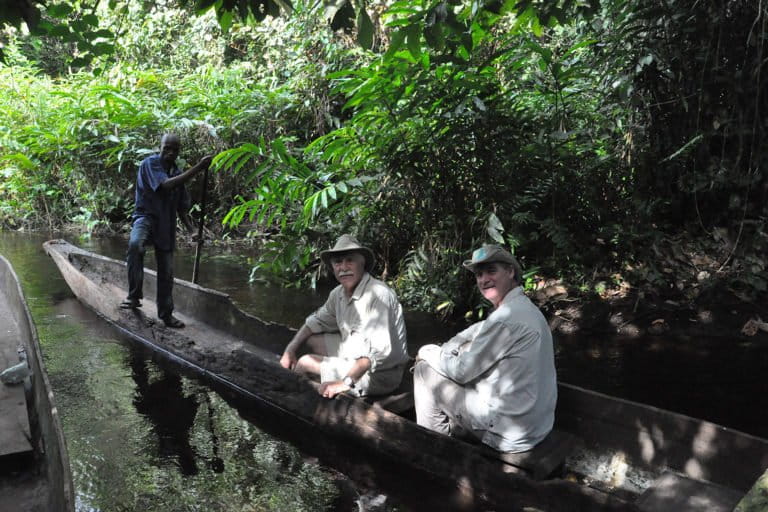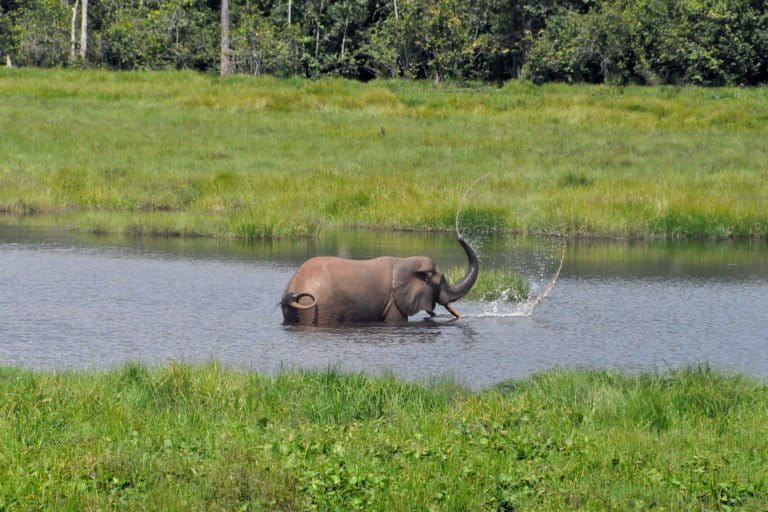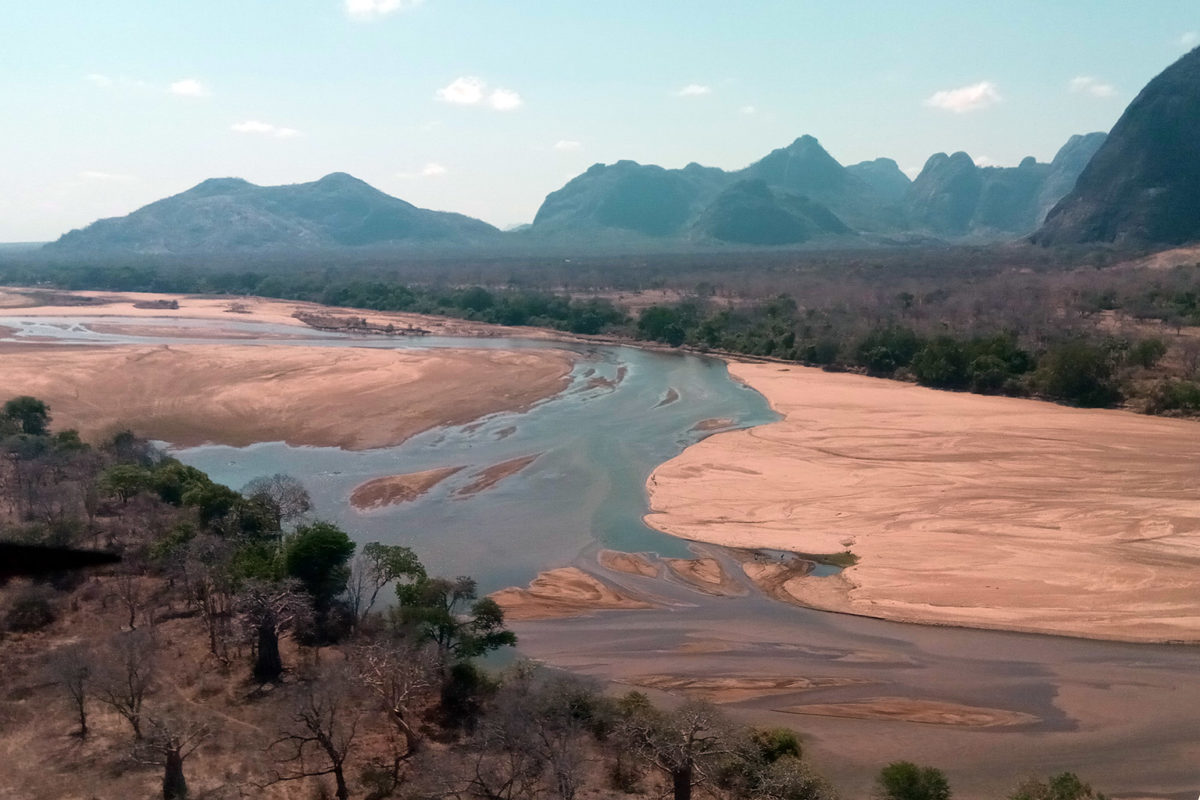Rodger Schlickeisen made a name for himself in conservation circles from the early 1990s thanks to his leadership at Defenders of Wildlife, which grew rapidly in membership and influence during his 20 years at the helm. The group became known as a staunch advocate for wildlife via its defense of the U.S. Endangered Species Act and conservation policies.
Schlickeisen left Defenders in 2011 to embark on a second career in conservation as head of the Wildcat Foundation, the philanthropy funded by U.S. investor and businessman David Bonderman. The Wildcat Foundation supports efforts to protect wildlife in Africa, including place-based conservation projects and initiatives that aim to combat the wildlife trade.
Having worked in conservation in both the U.S. and Africa, Schlickeisen sees similarities and sharp contrasts between the two geographies.
“Biodiversity is under threat from human activity and not sufficiently appreciated in either the U.S. or Africa,” he told Mongabay. “One thing I’ve found of personal interest, given my earlier work, is the similarity of the plight of the top predators in the U.S. and in Africa. The top predator in the U.S. among land mammals is the wolf, and the key threat to its existence has come from livestock owners who almost universally exaggerate its predation on cattle and sheep. In Africa, the top predator, the lion, faces a similar threat from livestock owners, primarily tribal members who own cattle that lions can target.”

Some of the key differences between the U.S. and Africa, he says, are the legal and institutional infrastructure that enable effective conservation.
“Compared to Africa, a major advantage the U.S. has in dealing with its threats to wildlife, protected areas and biodiversity is that the legal and institutional infrastructure important to promoting and sustaining proper care of all three is well-established, well-staffed, and reasonably well-resourced,” he said. “By infrastructure, I refer, for example, to the federal and state land and wildlife agencies, the wide range of nonprofit conservation and advocacy organizations, a fairly complete set of laws to protect the natural world, and a trustworthy court system where those laws can be enforced. In comparison, that same infrastructure in Africa is in a much earlier state of development and therefore not nearly as supportive.”

Schlickeisen says funders who are new to Africa tend to underestimate the differences. As a result, there is sometimes an overemphasis on technological solutions that may not be appropriate for the local context, lack of investment in building leadership capacity, or assumptions that legal frameworks supportive of conservation are in place.
“Funders should also be careful to not overestimate what new technology can accomplish in Africa, because the conditions in which that technology must be applied are almost always significantly different from those that were assumed during development,” he said.
“In the case of our grants for wildlife anti-trafficking, we favor carefully selected NGOs native to the subject country, because in our experience they’re the most likely to know the country, the problem, and who’s effective and trustworthy in relevant enforcement agencies.”
Schlickeisen discussed these issues and more in a February 2021 interview with Mongabay founder and CEO Rhett A. Butler.

